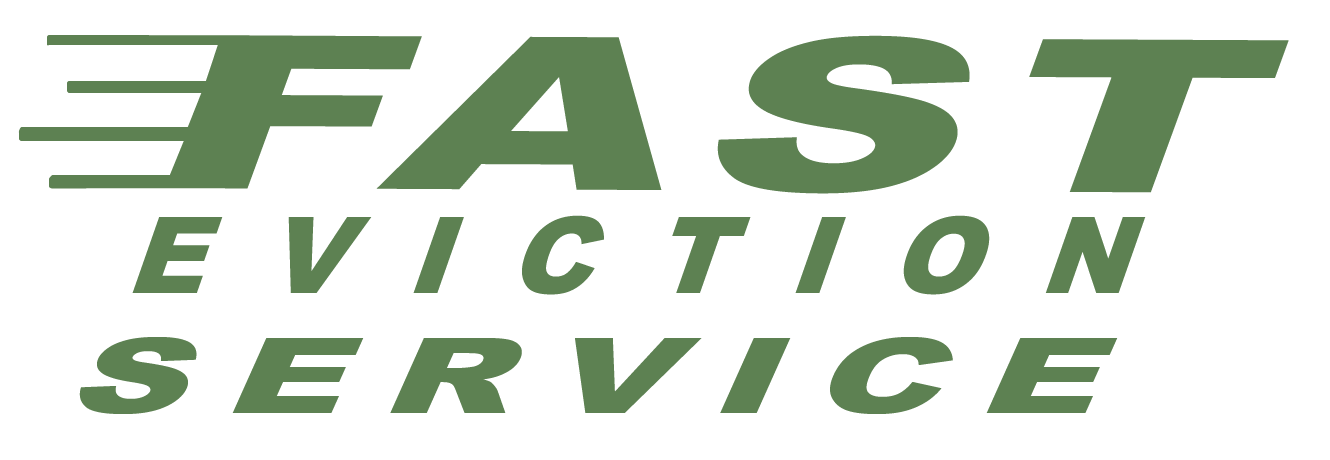You are represented at all times by one of our California Eviction Attorneys | 1-800-686-8686 | intake@fastevict.com | Se habla español
How to Deal with Shelter-in-Place Orders: A Guide for Landlords in California
Updated 12/16/24
In recent years, shelter-in-place orders have become an essential tool for public health in many areas, especially in California. While these orders are often issued to protect communities from a public health crisis, they can pose unique challenges for landlords. Whether you manage a single rental or a larger portfolio of properties, understanding how to navigate shelter-in-place orders is critical to keeping your tenants safe and your business running smoothly.

This article will guide you through how to manage your properties effectively during a shelter-in-place order in California. We’ll cover what landlords need to know about legal requirements, communication with tenants, maintenance protocols, and other best practices for ensuring everyone’s well-being. Let’s dive into the key considerations and actionable steps for landlords facing these challenging circumstances.
Table of Contents
- Understanding Shelter-in-Place Orders
- Legal Considerations for Landlords During Shelter-in-Place Orders
- Communicating with Tenants Effectively
- Maintenance and Repairs During Shelter-in-Place
- Managing Rent Payments and Late Fees
- Frequently Asked Questions
Understanding Shelter-in-Place Orders
Shelter-in-place orders are typically issued by state or local governments to limit movement and interactions in response to emergencies such as natural disasters, public health emergencies, or other crises. In California, shelter-in-place orders have been used in response to events like wildfires and the COVID-19 pandemic.
As a landlord, it’s crucial to stay updated on the latest government mandates. These orders can affect everything from tenant mobility to your rights as a property owner. Shelter-in-place orders often include restrictions on gatherings, non-essential business operations, and movement outside the home. These restrictions may also apply to in-person meetings, making it difficult to conduct routine property inspections or show units to prospective tenants.
Legal Considerations for Landlords During Shelter-in-Place Orders
While shelter-in-place orders are meant to protect public health, they can also introduce new challenges for landlords when it comes to tenant rights and legal compliance. During such orders, landlords should be aware of specific eviction moratoriums and rent protections that may be in place. In California, for example, some jurisdictions have implemented temporary bans on evictions for tenants affected by COVID-19 or other emergencies.
During shelter-in-place orders, landlords must prioritize following state and local laws. For example, you may need to delay eviction proceedings unless there is an urgent reason, such as criminal behavior or other violations. Furthermore, some rent payments may be deferred, and certain late fees may be waived in accordance with local ordinances.
It’s important to consult with a legal professional or property management firm to ensure you’re up to date with changes in laws during shelter-in-place orders.
Unauthorized Occupants in California: A Practical Guide for Landlords
Communicating with Tenants Effectively
Clear communication with tenants is crucial during shelter-in-place orders. Tenants may be uncertain about their rights, rent obligations, or maintenance procedures during a crisis. As a landlord, you should make it a priority to keep tenants informed of any changes that may affect them, whether it’s adjustments to rent payment schedules, maintenance access, or health protocols in place.
One effective strategy is to send out regular email updates that outline the latest government guidelines and explain how they apply to your rental properties. You can also create an FAQ document to answer common tenant questions. Make sure tenants understand how to reach you if they have urgent concerns, and encourage them to reach out proactively if they experience financial hardships due to the shelter-in-place order.
Remember to be empathetic and flexible. Sheltering in place can be stressful for tenants, especially those who may have lost their job or experienced other disruptions to their income. Your understanding and willingness to work with them can help build trust and strengthen the landlord-tenant relationship.
Maintenance and Repairs During Shelter-in-Place
Another significant challenge for landlords during shelter-in-place orders is how to manage property maintenance and repair work. In many cases, shelter-in-place orders may limit access to properties for non-essential workers, including contractors and maintenance personnel.
To mitigate the impact of these restrictions, landlords should focus on emergency repairs and prioritize work that directly impacts tenant safety and comfort. For example, plumbing issues, electrical malfunctions, or broken HVAC systems should be addressed as soon as possible. However, non-urgent maintenance tasks, such as cosmetic improvements or less critical repairs, may need to be delayed until the shelter-in-place order is lifted.
Landlords should communicate openly with tenants about any delays in routine maintenance and let them know what to expect. It’s also a good idea to put safety measures in place, such as ensuring workers follow public health guidelines when entering occupied units.
Managing Rent Payments and Late Fees
Managing rent payments during shelter-in-place orders can be tricky, especially if tenants are facing financial difficulties. In California, temporary rent relief programs may be available to help tenants who are struggling due to the crisis. These programs may include rent deferrals or financial assistance for qualifying tenants.
As a landlord, you should stay informed about the available resources for tenants and share this information with them. If tenants are unable to pay their rent on time, be prepared to offer flexible payment arrangements or deferments. However, be mindful of your own cash flow and financial obligations as a property owner. Offering too much leniency without planning for future rent collection could impact your ability to maintain the property.
Remember that shelter-in-place orders may also impact your ability to charge late fees. Check local laws to ensure you’re complying with any temporary bans or reductions in late fee enforcement during emergencies.
Frequently Asked Questions
What does a shelter-in-place order mean for tenants and landlords?
A shelter-in-place order restricts movement and limits non-essential activities to prevent the spread of illness or respond to other emergencies. For tenants, this may mean staying at home except for essential activities. Landlords may face restrictions on conducting in-person meetings, showing units, or performing non-urgent repairs.
Can I evict a tenant during a shelter-in-place order?
In most cases, eviction moratoriums are in place during shelter-in-place orders, especially if the tenant has been financially impacted by the emergency. However, landlords can still evict tenants for serious breaches such as criminal behavior or significant lease violations. Always check local laws for the most accurate guidance.
How should landlords handle maintenance requests during shelter-in-place orders?
During shelter-in-place orders, landlords should prioritize emergency maintenance requests and address any health or safety concerns promptly. Non-essential repairs or cosmetic work may need to be postponed until the restrictions are lifted. Always communicate with tenants about any delays.
Final Thoughts
By following these guidelines, landlords can navigate the challenges of shelter-in-place orders more effectively and ensure the safety and well-being of their tenants. Always stay informed, be flexible, and communicate openly to maintain a positive relationship with your tenants during these challenging times.




